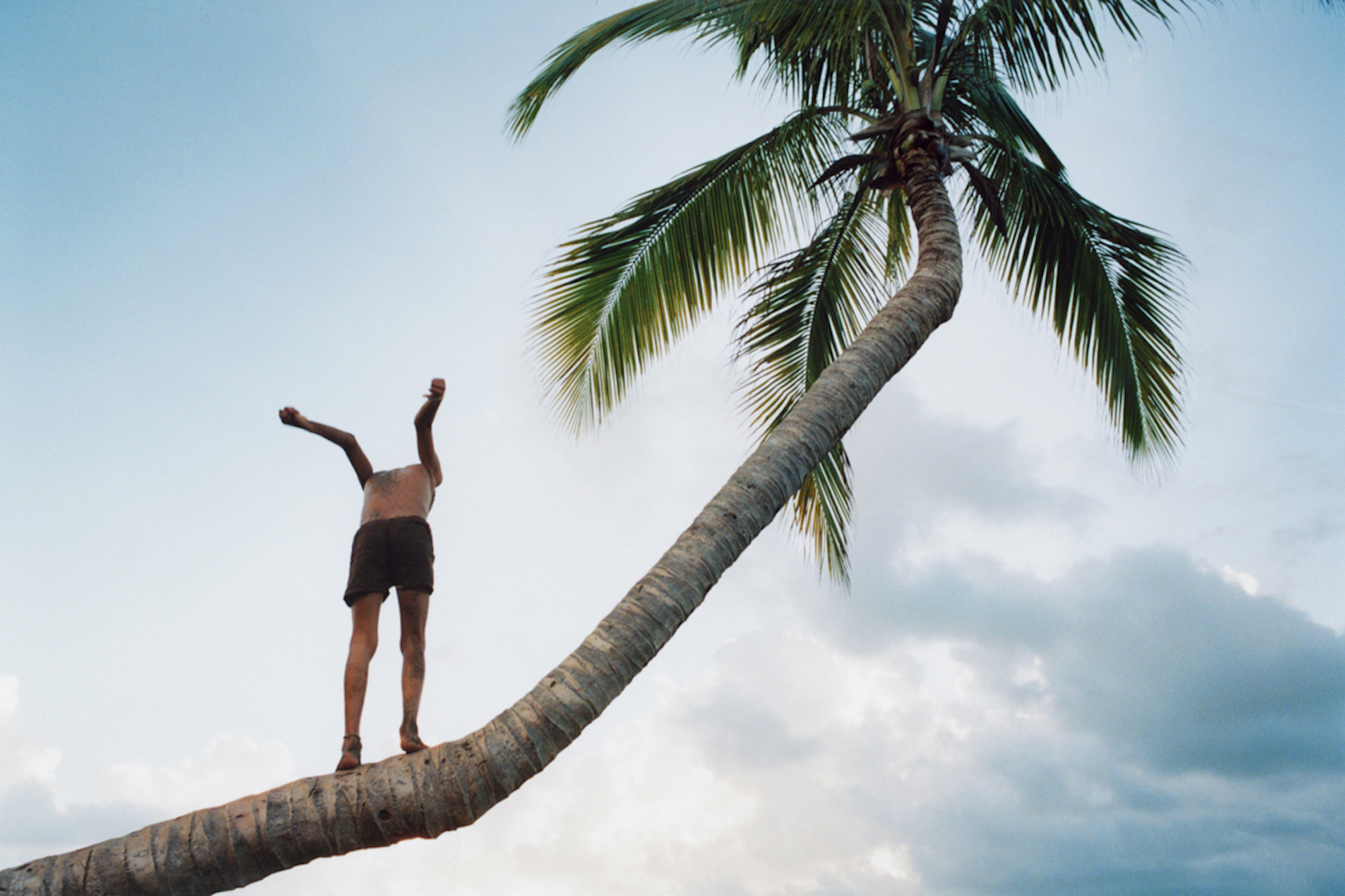Traveling back and forth to the city of Baracoa, Cuba from February 2020 to April 2023, Diego Vourakis embarked on a journey to learn more about a place often shrouded in mystery and misinformation.
Born in Lima, Peru, Diego immigrated to the US as an adolescent, quickly working to assimilate to an American culture deeply rooted in racism and xenophobia. Upon arriving at adulthood, he was eager to find himself again, through an immersive dive back into his Latin cultural roots. Diego’s first photo book, De cara al sol, is the product of this three-year journey, revealing intimate moments spent with members of a community that embraced him warmly and without hesitation.
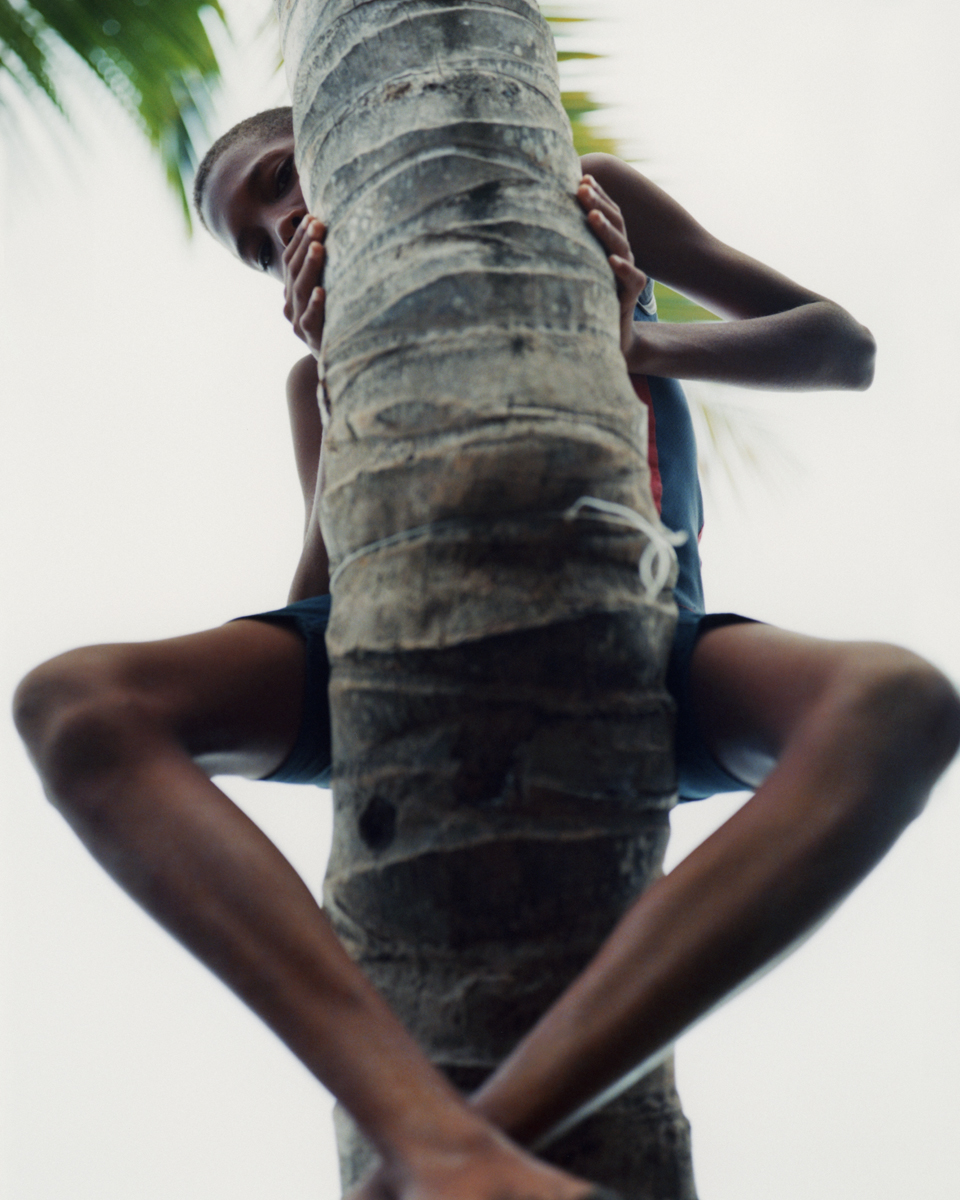
The night before an exhibition of the book’s photographs at Musa — a hotel and community space in Zihautenjo, Mexico where “life, work, wellness and pleasure coexist in effortless synergy” — we spoke during a candlelit dinner overlooking the beach. He told me more about the project, AMILE ( the creative agency he founded with Juan Duque and Nima Habibzadeh) and their plans to donate all of the profits from sales of De cara al sol to organizations that will bring much-needed resources to the country.
What inspired you to go to Cuba?
It was simply curiosity. I wanted to know more about Cuba and what was happening there. I had heard a little bit from people, a very romanticized version of Cuba. I was so interested to know more about Latin culture. I was born in Peru and came to the US when I was 12. It was a new beginning for me. We were in the land of opportunity, and as a kid, I put in so much time to fit into this new culture. When I grew up, I realized that I was neglecting a bit of my own.
I finally got my American passport when I turned 21 years old. I traveled right away to Peru, visiting my family and the places where I grew up. It was such a great moment because I really connected with myself. When I came back, I wanted to learn more about other Latin cultures and Cuba was one of them.
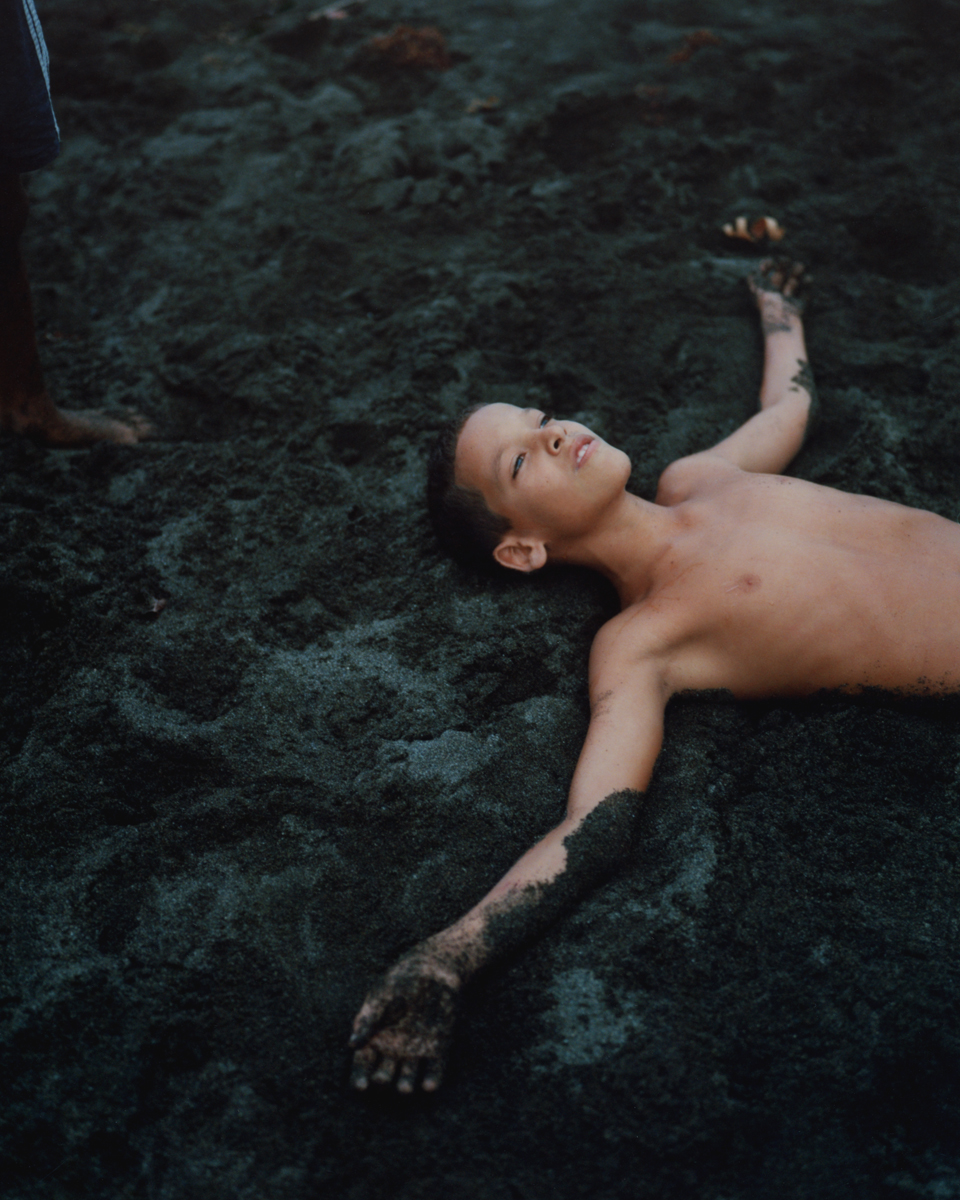
What image from the book resonates with you the most?
It’s so hard because some are technical which I love, and some are more endearing — they have this meaning to them, there is one that comes to mind, which is perhaps not the best-lit photo. It’s a black-and-white image of a man playing the trumpet at the beach. What I love about this image is the story behind it. I was walking one evening in Baracoa Bay, when I see this man playing the trumpet. I paused for a minute to listen and then we made eye contact and smiled.
The next evening, I came back to the same place and some of the families and kids that I had met the days prior were there. I asked about this man and one of the kids came up to me and goes “That’s my friend Jose, let me take you to his house. He would love to meet you.” He then grabs me by the arm and guided me to his house. I was a bit nervous because I’m just showing up to this man’s house. We get there and Jose opened the door and goes, “Hey!” with open arms and a big smile, he greets me in and we start chatting for hours. He goes, “Look around, I don’t have much, but what I do have is my community. I have so much love for this town.” He then goes “I’ve lived in other parts of Cuba and I always find myself back to Baracoa, I am the happiest here, I wouldn’t want to be anywhere else.”
Jose had his trumpet hanging from his chair. and asked, “Would you like to play?” I was so excited to try. When I was seven, I used to play the trumpet, but I never really learned how to. He then played a couple of notes, and handed me the trumpet, I was able to hit the same notes! It was very special moment. After this evening at his house, it marked a friendship that I will forever cherish. I felt welcome, even though I was so far away geographically, I felt at home. He showed me how simple happiness can be.
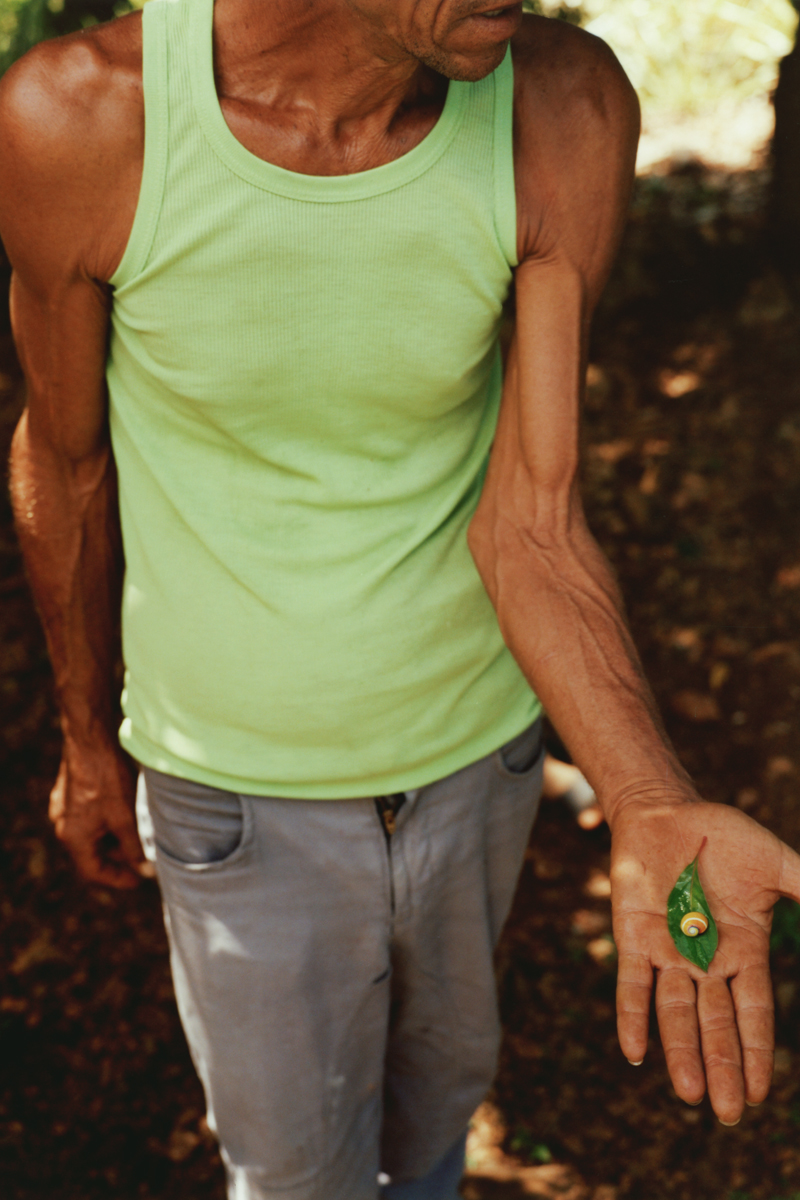
Can you talk about the space between your work and fashion, between the more commercial projects and documentary photography?
I started as a fashion photographer. When I first started photography, it was something that I decided to explore more. One of my favorite things when I shoot is being able to talk to that person. When I come into a shoot, I always try to bring my people and create an environment that feels happy and optimistic. I really try to bring this human connection. I want to know who that person is that I’m photographing. I don’t consider myself too much of a technical photographer. What I can bring to the table is this connection with that person, to hopefully gain their trust, for them to feel empowered, for them to feel good.
I found a lot of beauty with fashion, but I was always trying to find meaning. Why am I doing it? This was the first documentary project I had started three years, almost four years ago. There’s no shot list, it’s just me connecting with that person, seeing what that brings. Many people are not used to getting their photographs taken. It’s something that I truly value and the trust that they give me.
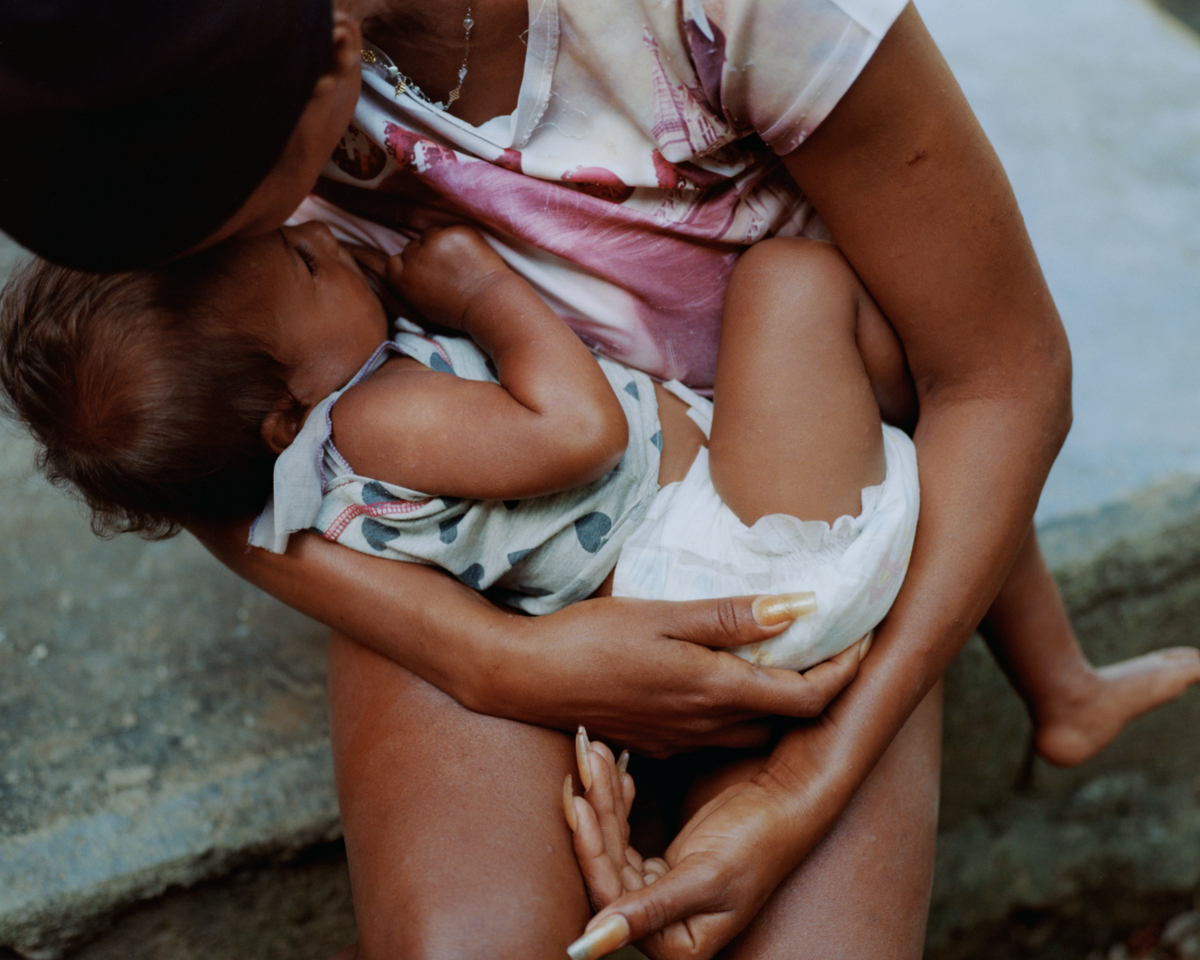
Tell me about the bigger vision for the project, and your desire to donate proceeds from the book to create a larger community impact in Cuba.
When I first visited Cuba in 2020 right before the pandemic, I knew I wanted to support in some sort of way. I just didn’t know how. I needed to learn, not just my perspective as an outsider, but also what their perspective is, how they see their own situation.
They tell you the stories of family members risking it all to leave Cuba, and all of this makes you so angry — but their spirits always rise. They come together as a community and what they have is so special. I wanted to focus on that.
When it came to funding, one of the biggest, most basic things is medicine. They don’t have Ibuprofen. It’s so expensive that it’s so hard to obtain. 50% of the book is based on Baracoa, one of the cities at the very bottom of the island, that gets the least amount of resources. I didn’t see many organizations focusing around Baracoa and I wanted to focus on that first.
I didn’t want to just donate the money. I needed guidance. When I first met Gustavo [Arnavat], he was so respectful about my vision. He’s been such an amazing person throughout this whole process with ideas and connecting me to the right people to make this possible.
Where in the world are you hoping to go next?
I’ve been wanting to do something in Peru for years now. I have two more projects in mind that I want to do in the next two years. Call me crazy. I know. It feels right. It’s been calling me.
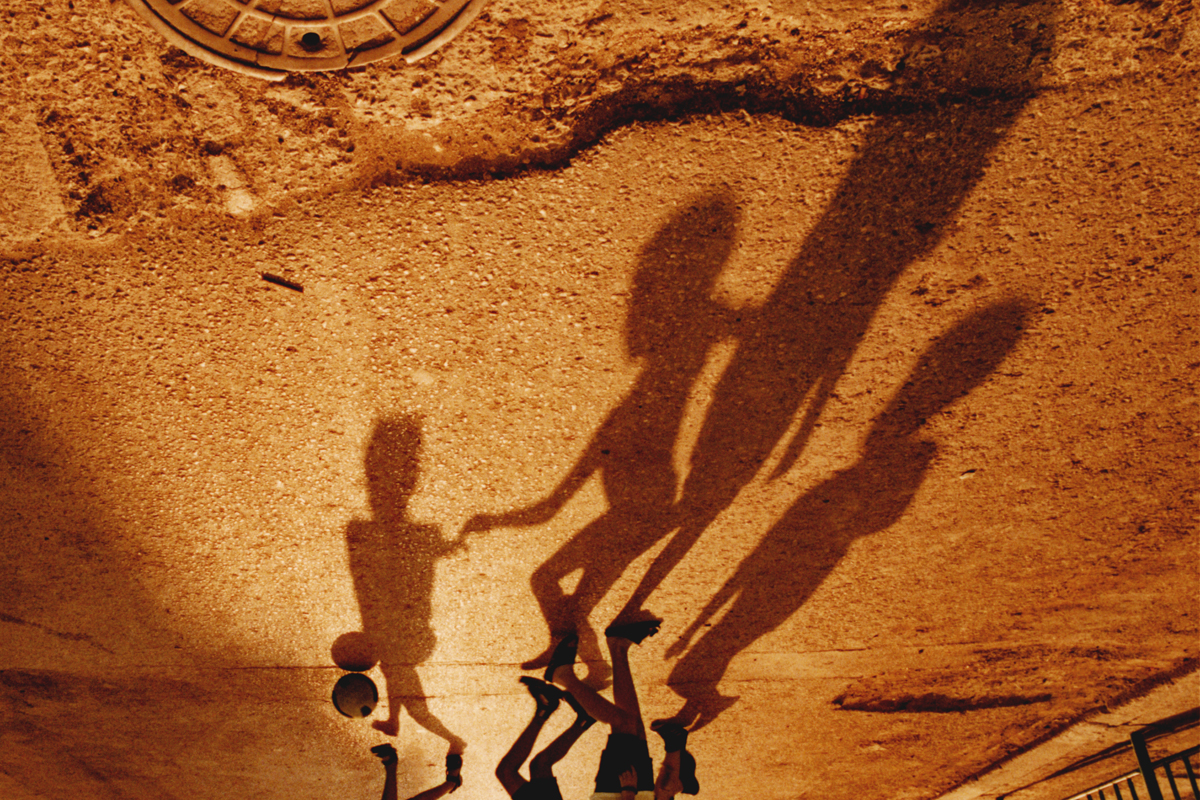
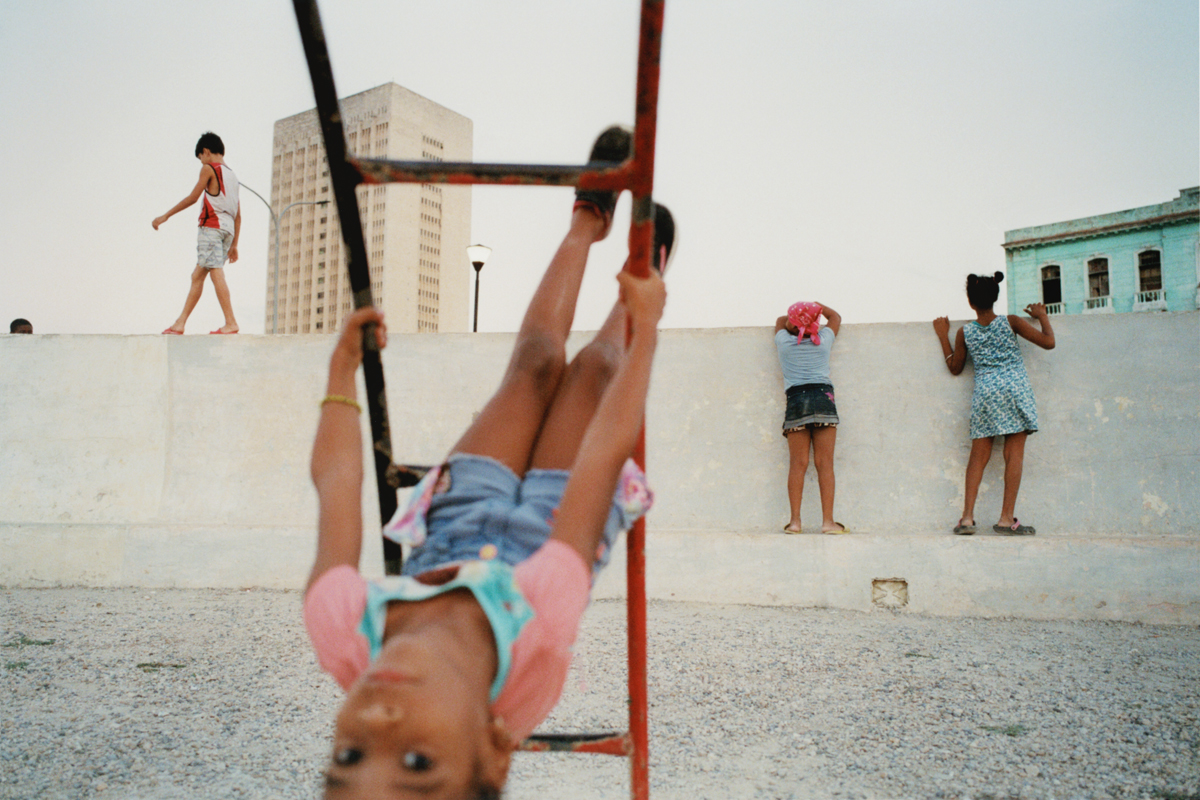
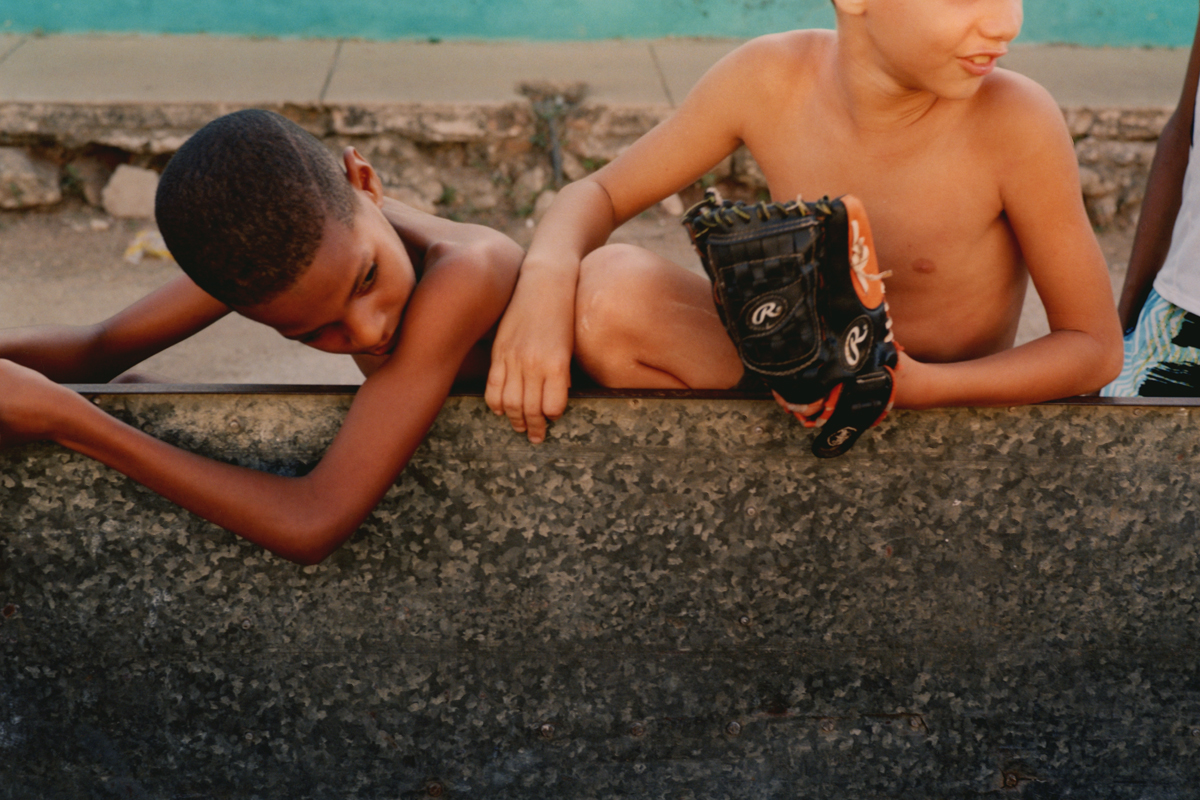
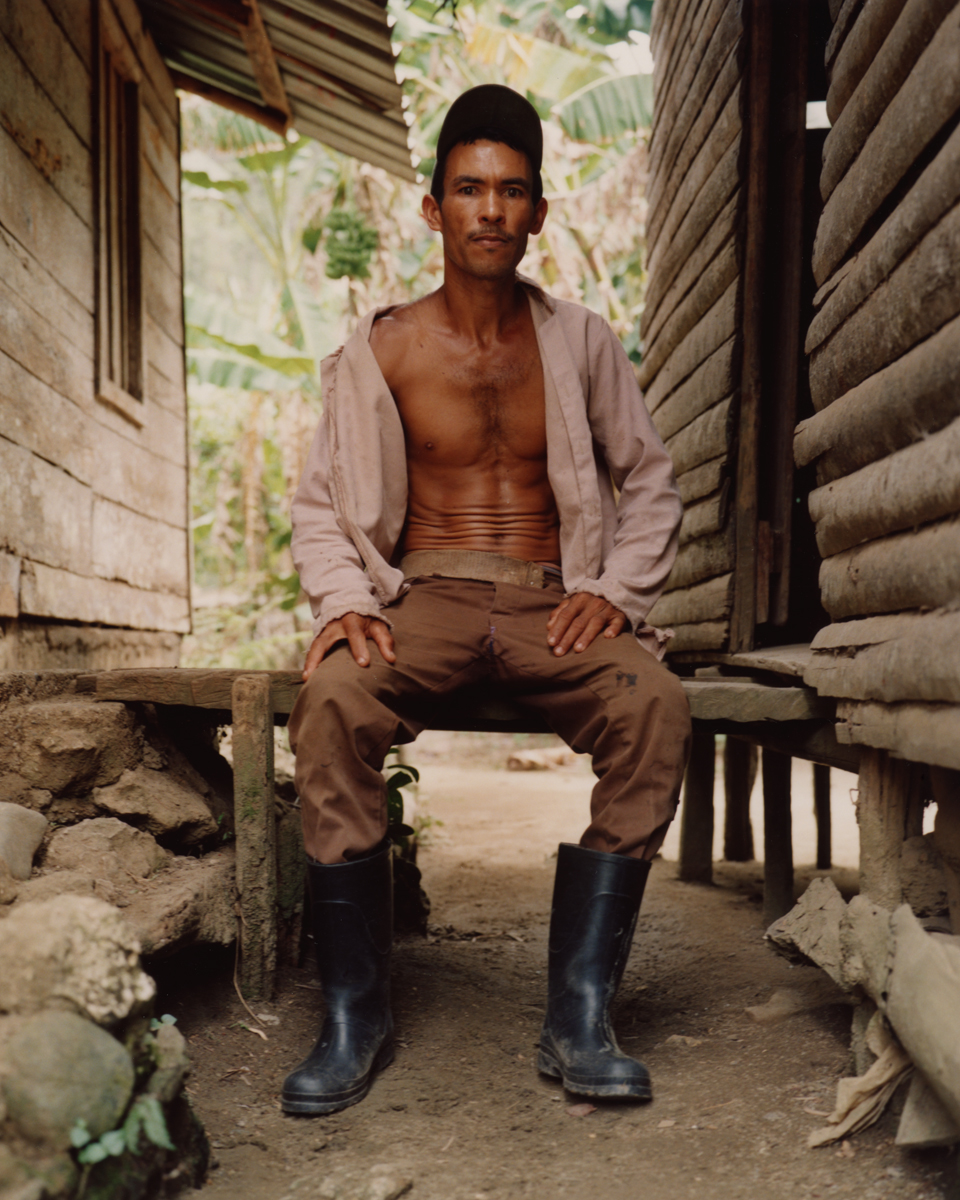
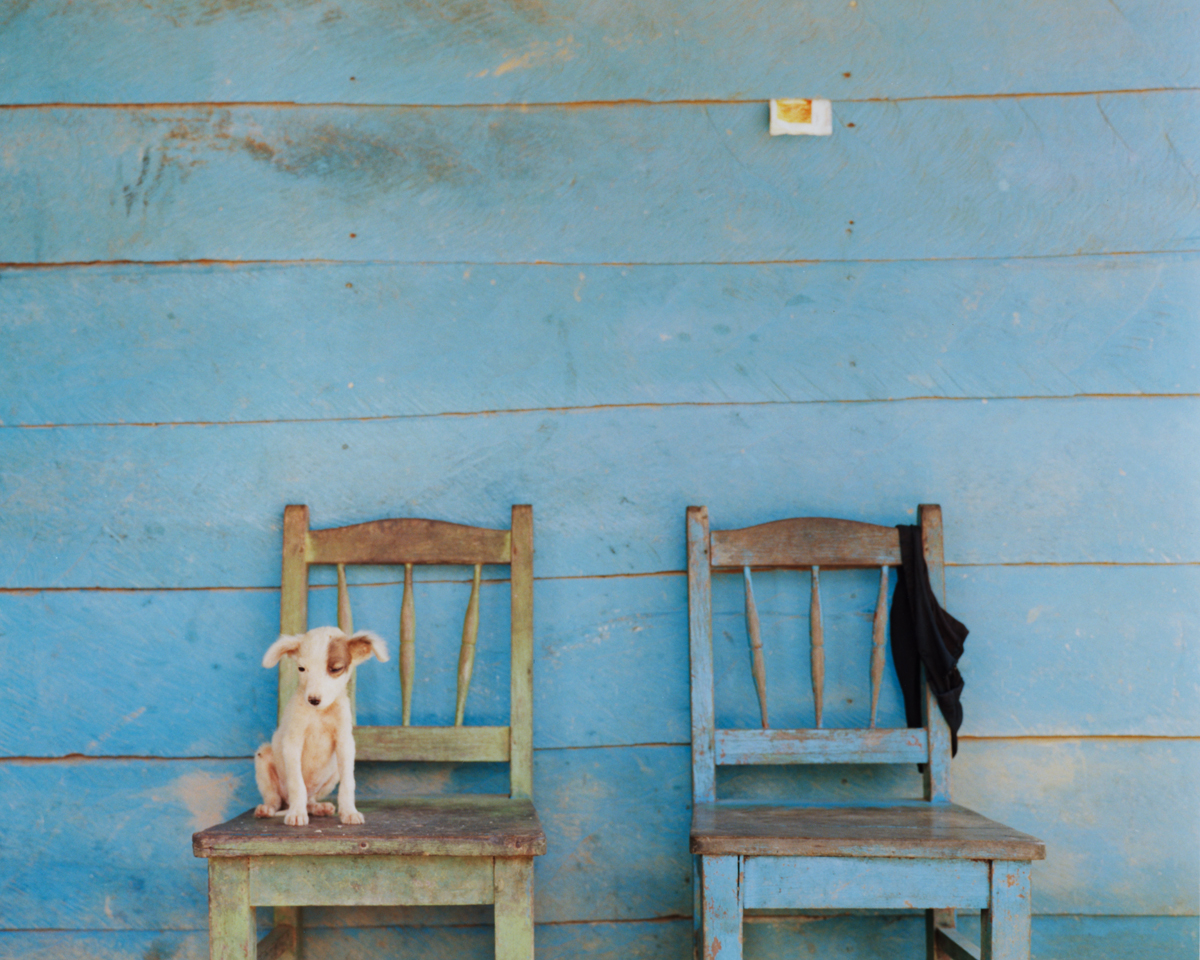
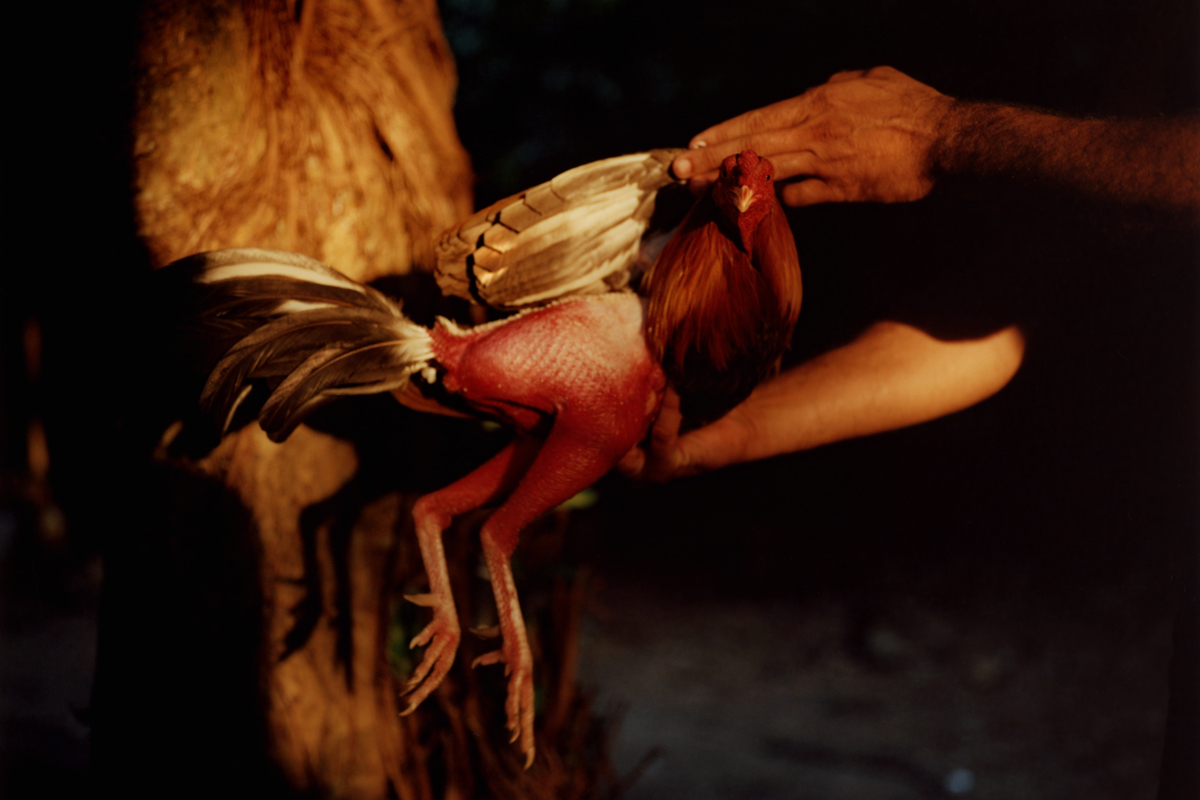
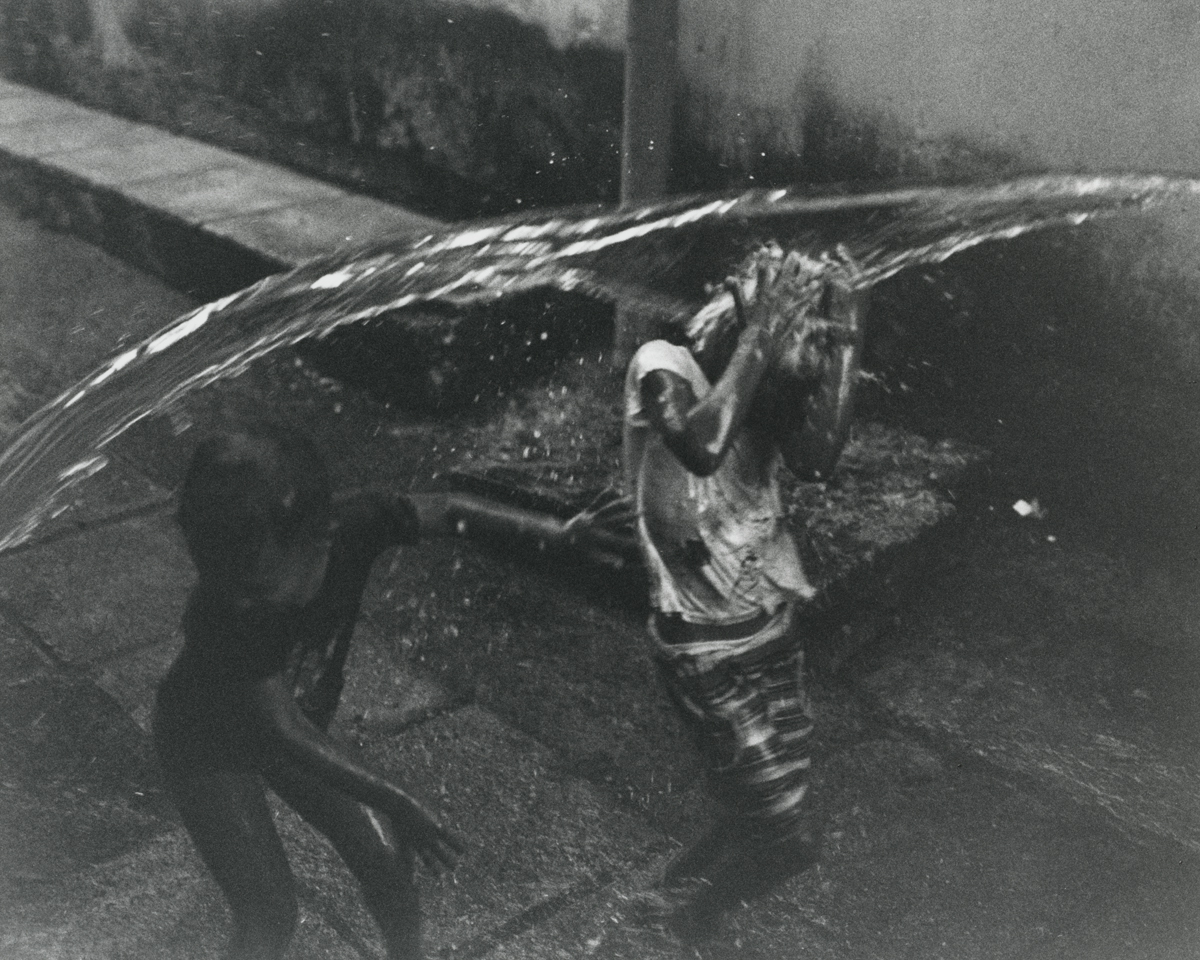

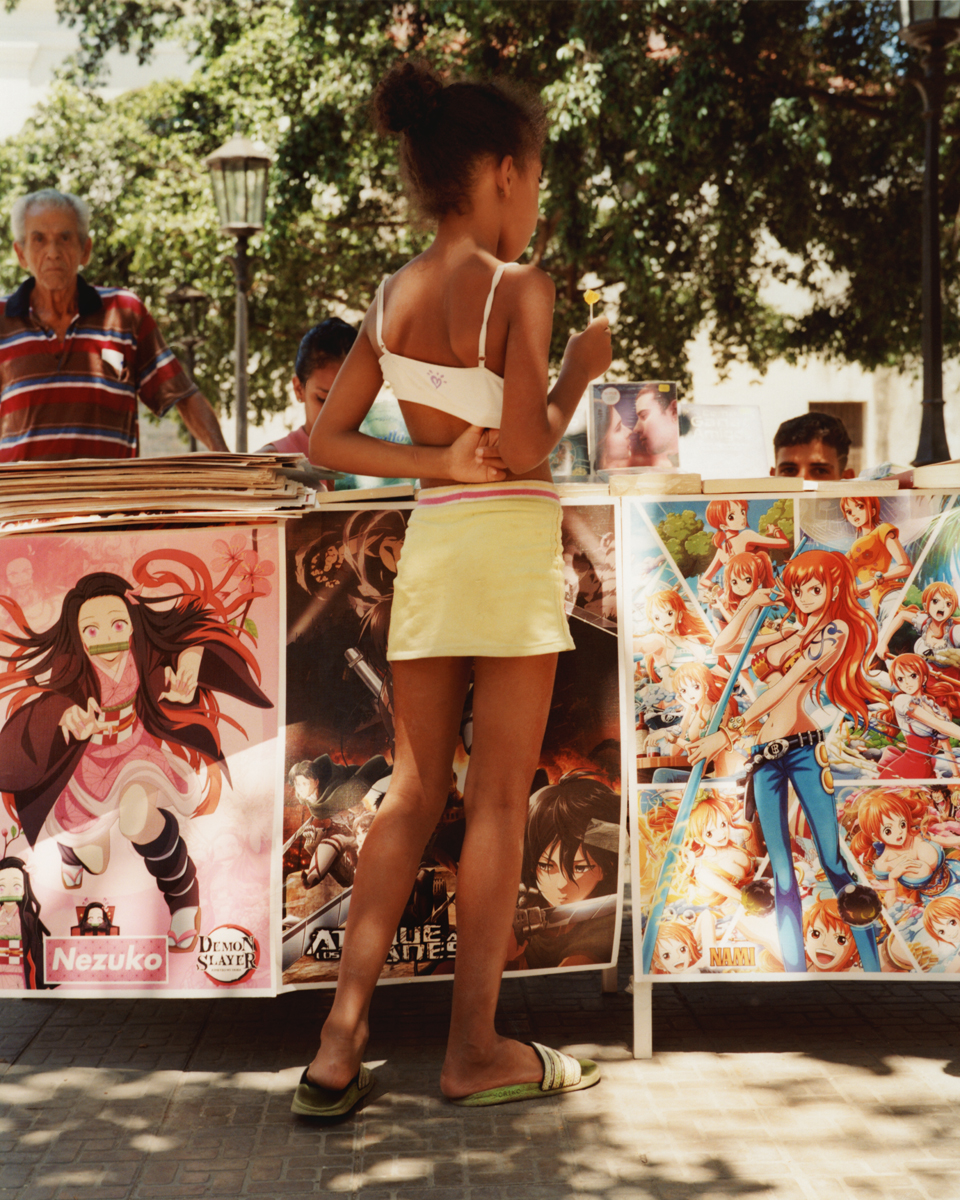
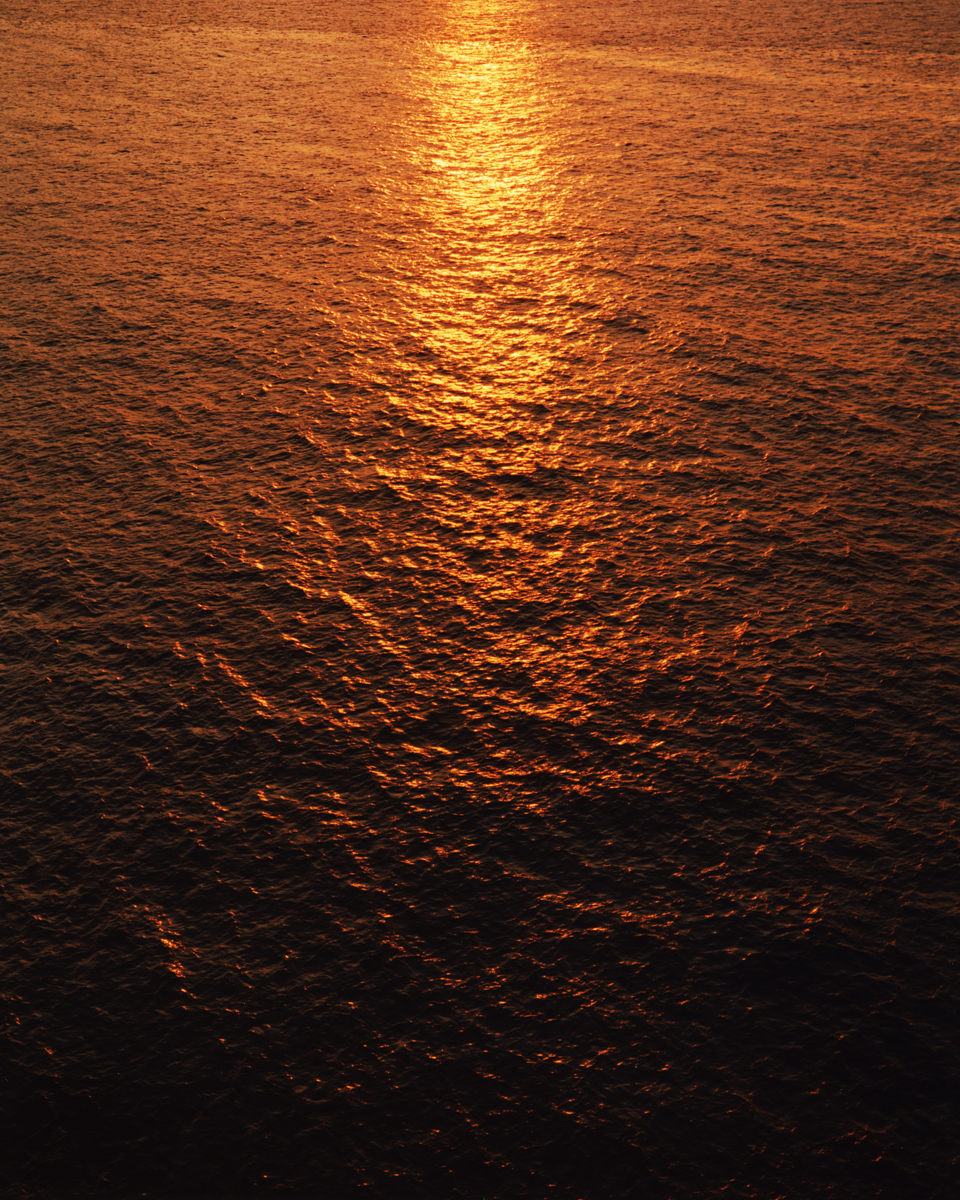
Credits
Photography Diego Vourakis
